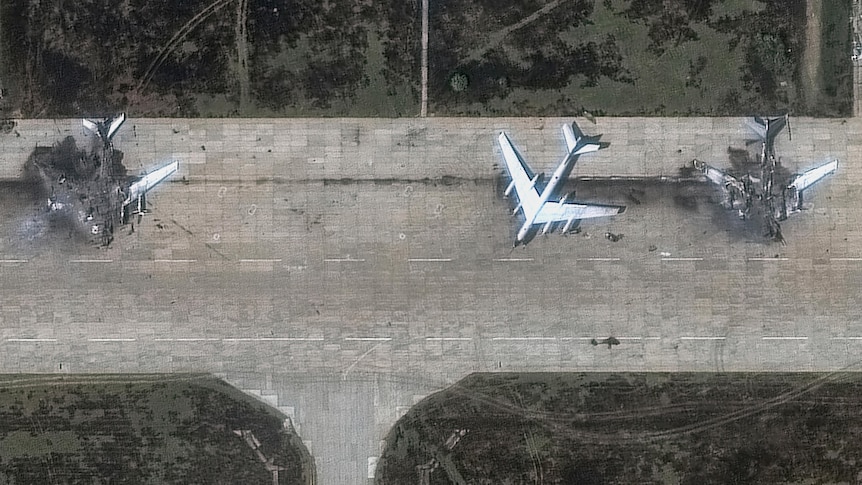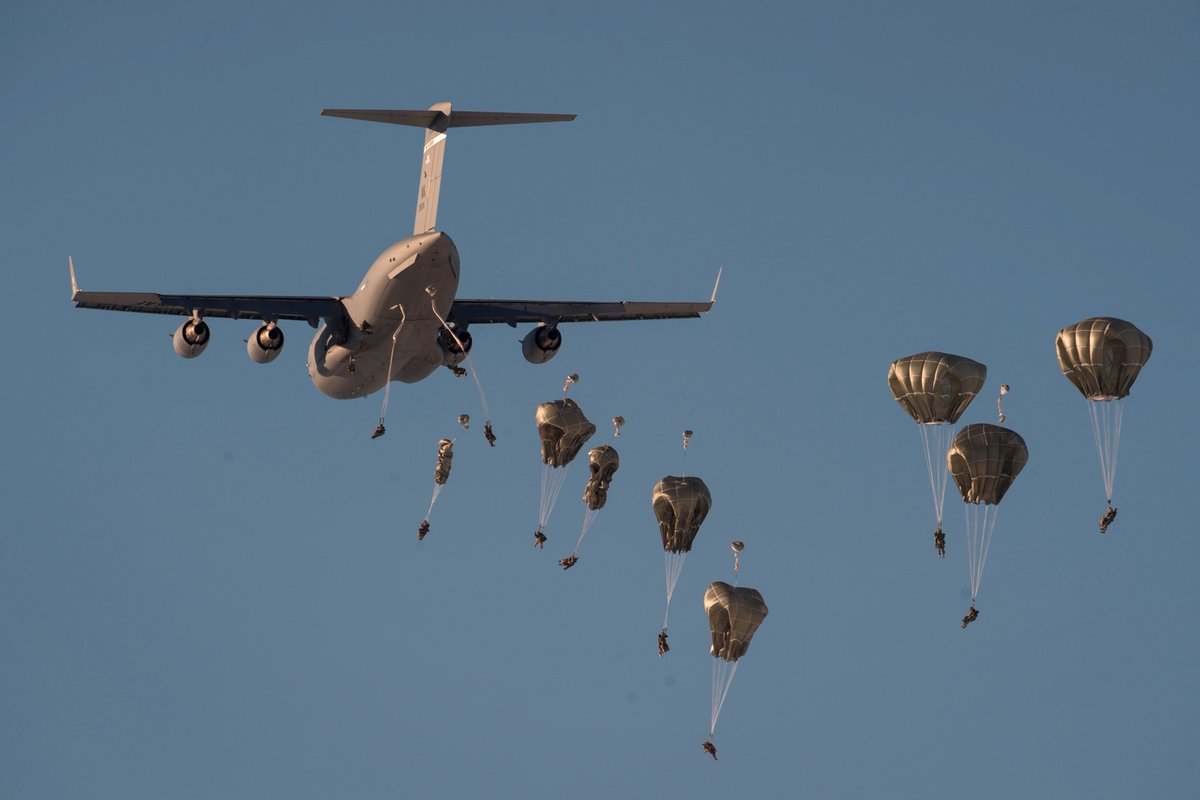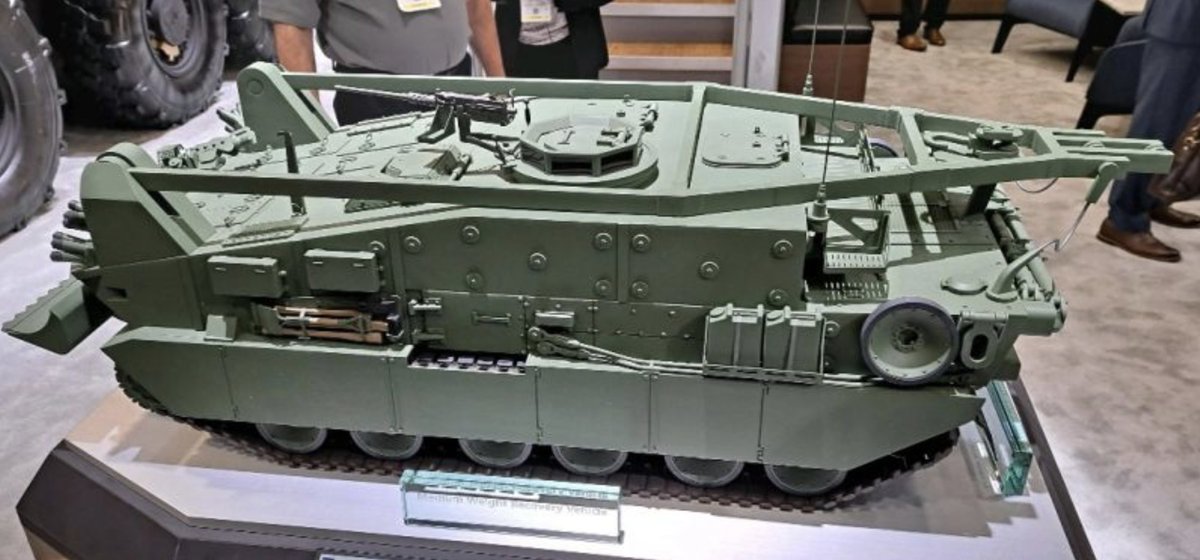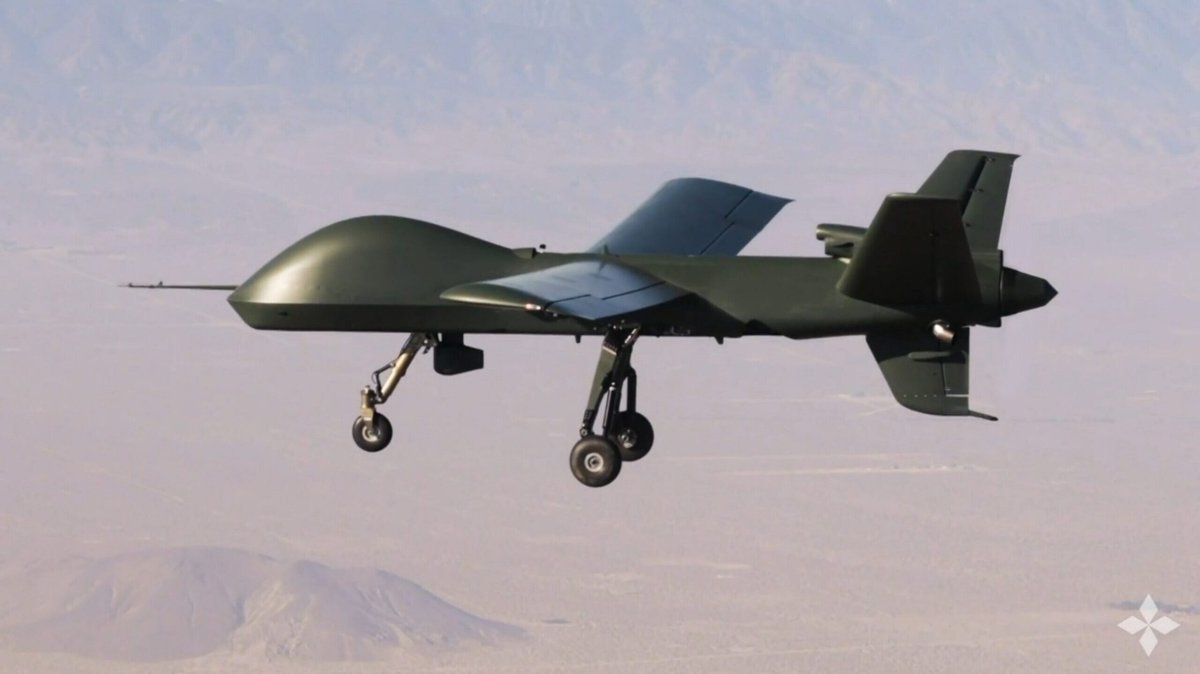It’s September 11, 2001, I am working for the American consulting firm McKinsey & Company in London. I am presenting to a client in the main boardroom. Suddenly, a senior partner bursts into the room. “Do you mind if we watch the TV?” He asks without waiting for a reply. 

He is followed by 20-30 other people. I look at my client and shrug my shoulders. The meeting has been overtaken by events. The TV announces that a plane has crashed into one of the Twin Towers in New York. No one yet knows whether it is an accident or terrorist attack. 

Within two minutes of watching the aftermath of the first plane crashing, American Airlines Flight 11, we watch the second erupt into a fireball as it hits the second tower, This is American Airlines Flight 175. By now the boardroom is full of people staring in silence. 
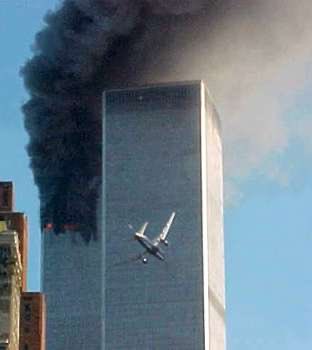
McKinsey being an American firm, we all have friends and colleagues who work in the New York office. Everyone tries to call to find out what’s happening. All the phone lines are down. All we can do is watch the nightmare unfold and accept that the world we knew is gone.
Many of us had a connection with the people working in those two towers. We all had friends, parents, sons and daughters, other relatives and colleagues who lived in New York. 

In short, everyone remembers where they were and what they were doing when 9/11 happened. We were united by a sense of shock and grief. But also by a determination to overcome such an insidious act. 

I would like to have seen the Twin Towers rebuilt just as they were (albeit with a stronger more aircraft resistant construction). Though they no longer exist, they will never be forgotten. 

• • •
Missing some Tweet in this thread? You can try to
force a refresh




